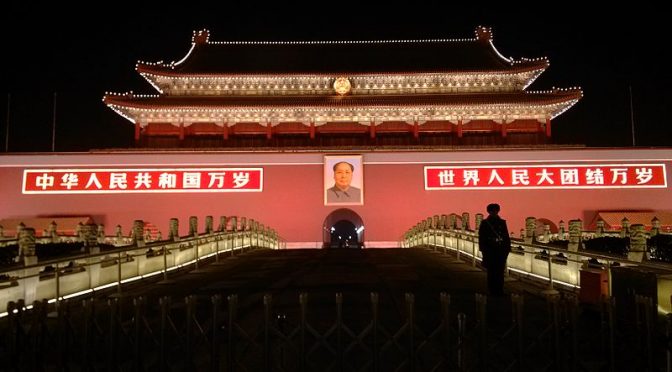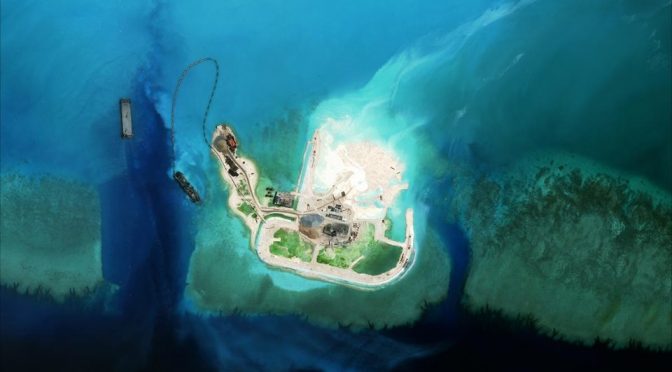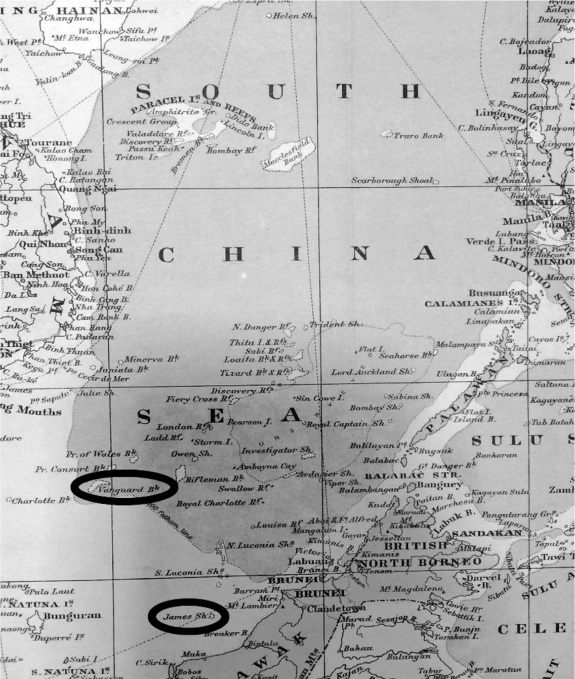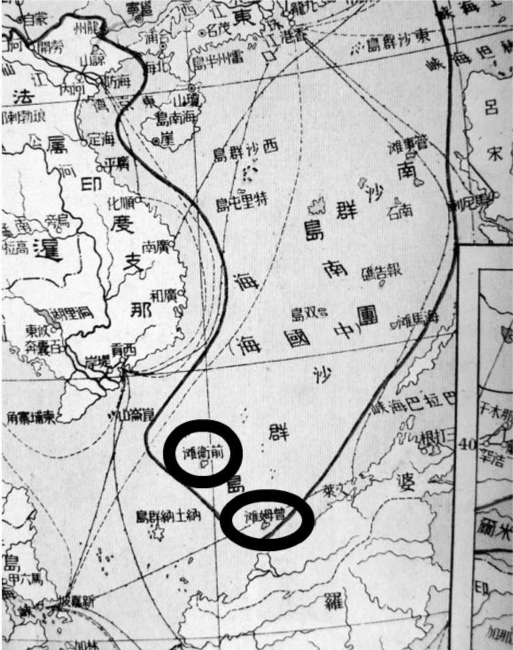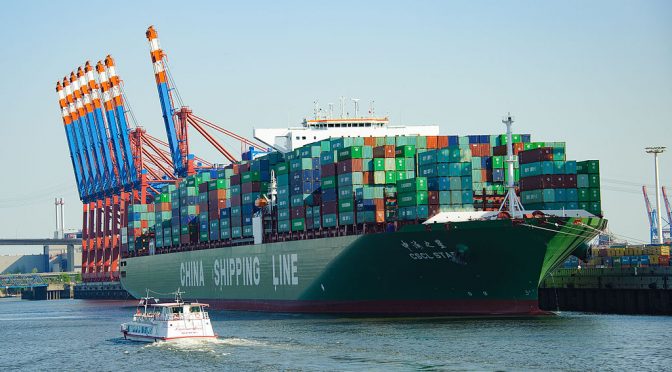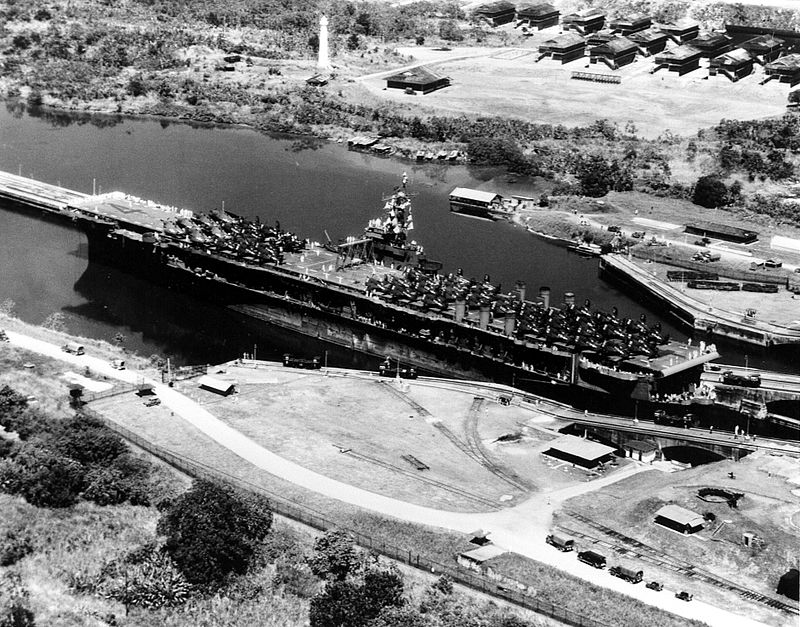This article is published in partnership with the U.S. Naval Academy’s Foreign Affairs Conference (NAFAC).
By Yena Seo
In the Western world, the freedoms of press, speech, assembly, and petition are considered vital to the functioning of a healthy democracy. Free media acts as the fourth estate by providing information to the masses, while citizens under a democratic government can expect to have their speech heard through assembly and petition. In the People’s Republic of China, the freedoms of press, speech, assembly, and petition intersect as the government uses the media – rather than brute force – to repress and silence democratic movements. Media control in China affords the government a one-two punch when countering pro-democracy protests: censorship silences social movements from the bottom, and those that succeed into physical demonstrations are oppressed and marginalized via the state media’s protest paradigm.
According to Freedom House, China is home to one of the world’s most restrictive media environments.1 The Central Propaganda Department (CPD) and State Administration of Press, Publication, Radio, Film and Television (SAPPRFT) ensure media content is consistent with the goals of the Chinese Communist Party (CCP).2 In regard to pro-democratic protests, the government’s media approach consists of two prongs: repression and silence. State media coverage of protests falls under the protest paradigm, a phenomenon in which news outlets spotlight the appearance and behaviors of protesters – rather than their mission – in an attempt to marginalize them.3 The protest paradigm is a powerful tool for the Chinese media, which often portray protesters as violent and lawless, yet do not provide much content on the social movements themselves. Online, the Chinese government uses censorship to silence citizens, both leading up to and during demonstrations. Nationwide technical filtering, or “the Great Firewall,” blocks international news outlets.4 Furthermore, it blocks major social media platforms such as Twitter and Facebook, and Chinese alternatives such as Sina Weibo and WeChat are heavily monitored.5 Censorship is used to eliminate potential pro-democracy movements before they blossom into full-scale physical demonstrations; if large social uprisings do occur, the government censors terms and images associated with them. These tactics create a sophisticated strategy that enables the CCP to not only silence protesters, but systematically oppress them.
Media coverage of pro-democracy protests in China can be traced back to 1989, when government troops fired on thousands of Chinese citizens in Beijing’s Tiananmen Square. During the protests, state television networks fell into the protest paradigm as they broadcasted endless condemnations of the “hooligans” and “counterrevolutionaries” responsible for the demonstrations.6 Radio stations carried out announcements of local arrests to further marginalize participants.7 Since the Internet was not widely utilized at this time, the government did not have to resort to pure censorship; instead, state media was able to suppress the spread of the movement by depicting it as violent and criminal. Tiananmen Square’s protest paradigm has also extended past its original coverage. On the 25th anniversary of the demonstrations, the Chinese government censored any and all mentions of the massacre. Even the most indirect references to June 4th – the date when the Chinese military opened fire on protesters – were blocked or deleted.8 The sole mention of the 25th anniversary in state media was in an unsigned op-ed piece in The Global Times, in which the author ridiculed those seeking to mark the anniversary as a day of remembrance: “The mendacious impression is made by anti-China forces in the West and Chinese exiles who have been marginalized there. They hope it will deal a heavy blow to the stability of Chinese society but they will end up failing.”9 Media outlets in Hong Kong, in contrast to mainland organizations, actively covered the anniversary. The South China Morning Post created a special multimedia project featuring video footage and photos from Tiananmen Square.10 Even on Hong Kong media websites, however, comments from Chinese users were removed.11
Indeed, media outlets from Hong Kong and mainland China have vastly different coverage of pro-democracy protests, due to the “one country, two systems” policy implemented after Hong Kong was reverted to Chinese rule in 1997.12 The former British territory maintained its social and economic systems, allowing media organizations in Hong Kong to be free from the same kind of state control as mainland news outlets; however, online censorship still occurs on a widespread scale. Hong Kong’s 2014 Umbrella Revolution illustrated the differences in pro-democracy protest coverage. Mainland media organizations aligned with the protest paradigm, reporting on the negative impacts that the protests had on “life in Hong Kong.”13 State media portrayed the demonstrations as disorganized, immature, and not to be taken seriously.14 The People’s Daily, a major state-controlled newspaper, called the Umbrella Revolution “illegal” and described the protesters as being selfish: “They incite people, paralyze traffic, impede businesses, cause conflict and seriously disturb the normal life of the people of Hong Kong, and even pose a threat to life and property.”15 Over the course of the demonstrations, images of the protests did not appear in any of China’s state-run media.16 In contrast, media from Hong Kong amplified the voices of citizens partaking in the Umbrella Revolution, who were protesting an election reform that would mandate Beijing’s approval of candidates for Hong Kong’s chief executive position.17 Hong Kong broadcasters such as NOW and Cable TV provided extensive coverage of the demonstrations, including footage of student leaders storming government headquarters and clashing with the police.18 Apple Daily, a pro-democracy newspaper in Hong Kong, ran its own live online feed that featured aerial imagery of crowds captured by a drone.19 Despite Hong Kong’s relative institutional independence from the CCP, censors still aggressively scoured Sina Weibo, the Chinese version of Twitter, to crack down on the protests; the rate of censorship was more than double that seen on the 25th anniversary of Tiananmen Square.20 Instagram was shut down in China during the Umbrella Revolution protests, and users reported posts being deleted from their social media platforms, even those in private chats.21
But censorship on pro-democracy protests is not limited to uprisings in China or its territories. When countries abroad faced their own pro-democracy movements, the Chinese government took swift action to prevent such revolutions from having a domino-like effect. Searches for the Chinese name for Egypt were blocked on Sina Weibo, resulting in an error message stating, “Due to relevant laws, regulations and policies, the search returns cannot be shown.”22 The Chinese government is wary of democratic uprising around the world influencing politics at home, and treat such social movements – whether in territories such as Hong Kong or on another continent – as “a matter of life or death…a fuse that can take down their world.”23
Free media has a profound impact on democratic movements, perhaps more than any other social institution. A free and independent press is a catalyst to free speech, assembly and petition. Understanding this, the Chinese government has taken a comprehensive approach toward the media in an effort to suppress pro-democracy uprisings. The state media’s protest paradigm approach and the government’s online censorship tactics make an effective system in oppressing the freedoms essential to democracy. As long as state media continues to vilify political changemakers and the government maintains strict online censorship and surveillance, China will continue to succeed in countering any kind of pro-democracy movement, whether in territories such as Hong Kong or on the mainland.
Yena Seo is a student at Ithaca College studying Journalism and Politics, with a concentration in International Studies. She plans to pursue a career in national security.
Works Cited
Calamur, Krishnadev, “One System, Two Media: How China, Hong Kong are Covering the Protests,” NPR, October 1, 2014, accessed March 31, 2018, https://www.npr.org/sections/thetwo-way/2014/10/01/352747590/one-system-two-media-how-china-hong-kong-are-covering-the-protests.
Chappell, Bill, “25 Years After Tiananmen Protests, Chinese Media Keep It Quiet,” NPR, June 4, 2014, accessed March 31, 2018, https://www.npr.org/sections/thetwo-way/2014/06/04/318756603/25-years-after-tiananmen-protests-chinese-media-keep-it-quiet.
Freedom House, “Freedom of the Press 2017: China,” accessed March 31, 2018, https://freedomhouse.org/report/freedom-press/2017/china.
Martinez-Gutierrez, Paula, “Media Coverage of Protests in China,” Brown Political Review, March 4, 2015, accessed March 31, 2018, http://www.brownpoliticalreview.org/2015/03/media-coverage-of-protests-in-china/.
Newsweek Staff, “Covering the Tiananmen Square Massacre, Then and Now,” Newsweek, June 4, 2015, accessed March 31, 2018, http://www.newsweek.com/covering-tiananmen-square-massacre-then-and-now-339542.
Parker, Emily, “Social Media and the Hong Kong Protests,” The New Yorker, October 1, 2014, accessed March 31, 2018, https://www.newyorker.com/tech/elements/social-media-hong-kong-protests.
Ramzy, Austin, “Egypt Wave Barely Causes a Ripple in China,” TIME, February 8, 2011, accessed March 31, 2018, http://content.time.com/time/world/article/0,8599,2046901,00.html.
Shahin, Saif, Pei Zheng, Heloisa Aruth Sturm, and Deepa Fadnis, “Protesting the Paradigm: A Comparative Study of News Coverage of Protests in Brazil, China, and India,” The International Journal of Press/Politics 21, no. 2 (2016), 143-164. Accessed March 31, 2018. doi: 10.1177/1940161216631114
References
[1] Freedom House, “Freedom of the Press 2017: China,” accessed March 31, 2018, https://freedomhouse.org/report/freedom-press/2017/china.
[2] Freedom House.
[3] Saif Shahin, Pei Zheng, Heloisa Aruth Sturm, and Deepa Fadnis, “Protesting the Paradigm: A Comparative Study of News Coverage of Protests in Brazil, China, and India,” The International Journal of Press/Politics 21, no. 2 (2016), 145, accessed March 31, 2018, doi: 10.1177/1940161216631114.
[4] Freedom House.
[5] Freedom House.
[6] Newsweek Staff, “Covering the Tiananmen Square Massacre, Then and Now,” Newsweek, June 4, 2015, accessed March 31, 2018, http://www.newsweek.com/covering-tiananmen-square-massacre-then-and-now-339542.
[7] Newsweek Staff.
[8] Bill Chappell, “25 Years After Tiananmen Protests, Chinese Media Keep It Quiet,” NPR, June 4, 2014, accessed March 31, 2018, https://www.npr.org/sections/thetwo-way/2014/06/04/318756603/25-years-after-tiananmen-protests-chinese-media-keep-it-quiet.
[9] Chappell.
[10] Chappell.
[11] Chappell.
[12] Krishnadev Calamur, “One System, Two Media: How China, Hong Kong are Covering the Protests,” NPR, October 1, 2014, accessed March 31, 2018, https://www.npr.org/sections/thetwo-way/2014/10/01/352747590/one-system-two-media-how-china-hong-kong-are-covering-the-protests.
[13] Calamur.
[14] Paula Martinez Gutierrez, “Media Coverage of Protests in China,” Brown Political Review, March 4, 2015, accessed March 31, 2018, http://www.brownpoliticalreview.org/2015/03/media-coverage-of-protests-in-china/.
[15] Calamur.
[16] Calamur.
[17] Emily Parker, “Social Media and the Hong Kong Protests,” The New Yorker, October 1, 2014, accessed March 31, 2018, https://www.newyorker.com/tech/elements/social-media-hong-kong-protests.
[18] Calamur.
[19] Calamur.
[20] Parker.
[21] Parker.
[22] Austin Ramzy, “Egypt Wave Barely Causes a Ripple in China,” TIME, February 8, 2011, accessed March 31, 2018, http://content.time.com/time/world/article/0,8599,2046901,00.html.
[23] Calamur.
Featured Image: Tiananmen Square (Wikimedia Commons)

